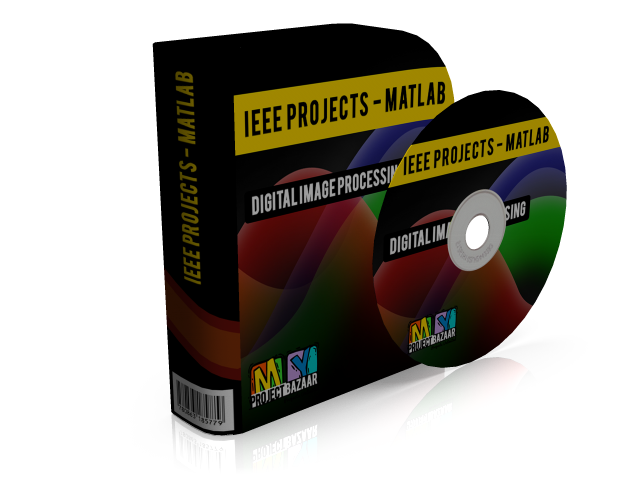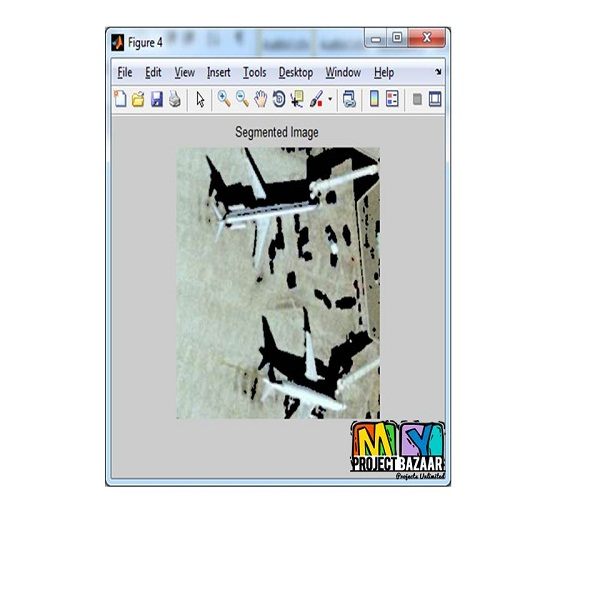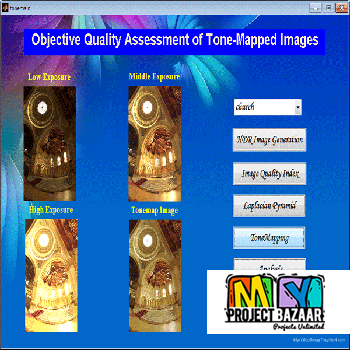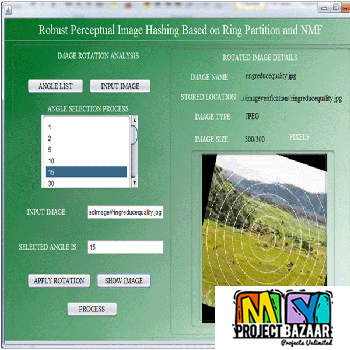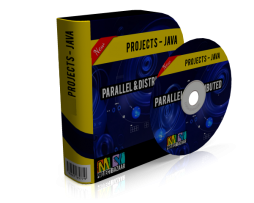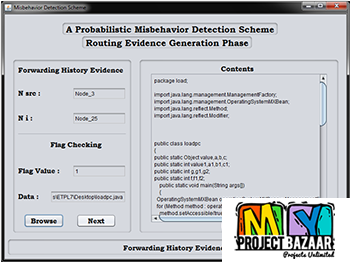
Unsupervised Deep Feature Extraction for Remote Sensing Image Classification
Product Description
Unsupervised Deep Feature Extraction for Remote Sensing Image Classification
Abstract— The use of single layer and deep convolutional networks for remote sensing data analysis. Direct application to multi- and hyper-spectral imagery of supervised (shallow or deep) convolutional networks is very challenging given the high input data dimensionality and the relatively small amount of available labelled data. Therefore, we propose the use of greedy layer-wise unsupervised pre-training coupled with a highly efficient algorithm for unsupervised learning of sparse features. The algorithm is rooted on sparse representations and enforces both population and lifetime sparsity of the extracted features, simultaneously. We successfully illustrate the expressive power of the extracted representations in several scenarios: classification of aerial scenes, as well as land-use classification in very high resolution (VHR), or land-cover classification from multi- and hyper-spectral images. The proposed algorithm clearly outperforms standard Principal Component Analysis (PCA) and its kernel counterpart (kPCA), as well as current state-of-the-art algorithms of aerial classification, while being extremely computationally efficient at learning representations of data. Results show that single layer convolutional networks can extract powerful discriminative features only when the receptive field accounts for neighboring pixels, and are preferred when the classification requires high resolution and detailed results. However, deep architectures significantly outperform single layers variants, capturing increasing levels of abstraction and complexity throughout the feature hierarchy. < final year projects >
Including Packages
Our Specialization
Support Service
Statistical Report

satisfied customers
3,589
Freelance projects
983
sales on Site
11,021
developers
175+Additional Information
| Domains | |
|---|---|
| Programming Language |

